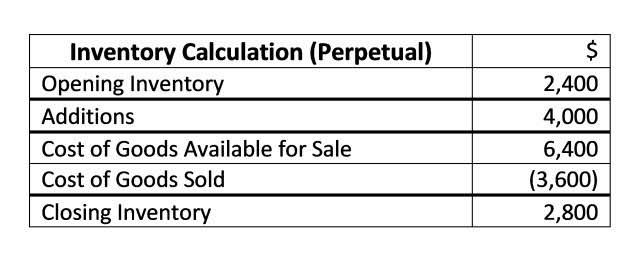
This could be achieved by targeting new customers, up-selling to existing customers, or introducing new products or services. Wage rates, efficiency of labor, and the overall productivity of the workforce can also influence production costs and, consequently, gross margin. Additionally, costs such as utilities, equipment maintenance, and factory leases play into the COGS. Understanding gross margin is essential for investors, business owners, and financial analysts who seek to evaluate a company’s performance and compare it to industry standards. This produces a ratio (that can be converted to a percentage) that reflects whether or not a company is efficiently manufacturing its product offerings. A high gross margin ratio indicates efficiency; a lower gross margin efficiency suggests a process that could be improved.
Are There Other Profit Margin Formulas?

In recessions or economic slowdowns, consumers tend to cut back on spending. Companies might need to offer discounts or promotions to stimulate sales, often at the expense of their gross margin. gross margin accounting Furthermore, securing venture capital and other venture fund sources can become challenging during these times since investors may become more conservative with where they place their money.
How to Calculate Gross Margin
A high gross profit margin means that the company did well in managing its cost of sales. It also shows that the company has more to cover for operating, financing, and other costs. The gross profit margin may be improved by increasing sales price or decreasing cost of sales. However, such measures may have negative effects such as decrease in sales volume due to increased prices, or lower product quality as a result of cutting costs. Nonetheless, the gross profit margin should be relatively stable except when there is significant change to the company’s business model.
What does the gross profit ratio not show?
These expenses can have a considerable impact on a company’s profitability, and evaluating a company only based on its gross margin can be misleading. The gross margin and the net margin, or net profit margin, are frequently used in tandem to provide a comprehensive look at a company’s financial health. This shows the company is improving its profitability and efficiency, retaining more money per each dollar of revenue generated. Moreover, gross margin can help identify which products and services are most cost-effective and which areas need improvement.
- John Trading Concern achieved a gross profit ratio of 25% during the period.
- A high gross profit ratio indicates that the company is generating a good amount of profit from its core operations and is not spending too much of its revenue on sustaining those operations.
- While this figure still excludes debts, taxes, and other nonoperational expenses, it does include the amortization and depreciation of assets.
- The best way to evaluate a company’s gross margin percentage is to analyze the trend over time and compare it to peers or the industry average.
- Gross profit does not consider the proportion of profit relative to net sales revenue.
Increase Efficiency
Choose CFI for unparalleled industry expertise and hands-on learning that prepares you for real-world success.
- Gross profit margin effectively measures the overall financial health and efficiency of your business, determining the amount of profit left over after direct production costs have been subtracted.
- The percentage of gross profit achieved by a company in relation to its total sales.
- You may find it easier to calculate your gross profit margin using computer software.
- Capital is money invested in the company to purchase assets and operate the business.
- The overall product mix can influence the gross margin if a company sells multiple products with different production costs and selling prices.
- Meanwhile, return ratios measure how well your company is generating a return for shareholders.

We’re firm believers in the Golden Rule, which is why editorial opinions are ours alone and have not been previously reviewed, approved, or endorsed by included advertisers. The Ascent, a Motley Fool service, does not cover all offers on the market. The gross profit of the retail business – the difference between revenue and COGS – is $2 million here. Management can use the net profit margin to identify business inefficiencies and evaluate the effectiveness of its current business model. Gross profit margin is the profit a company makes expressed as a percentage.

Supply chain efficiency
This means they retained $0.75 in gross profit per dollar of revenue, for a gross margin of 75%. The definition of gross margin is the profitability of a business after subtracting the cost of goods sold from the revenue. Both components of the formula (i.e., gross profit and net sales) are usually available from the trading and profit and loss account or income statement of the company. For businesses operating internationally, currency exchange rate volatility can be a significant challenge. If a company’s home currency strengthens considerably against other currencies, its products might become more expensive for foreign customers, potentially impacting sales and margins.
Reducing costs
